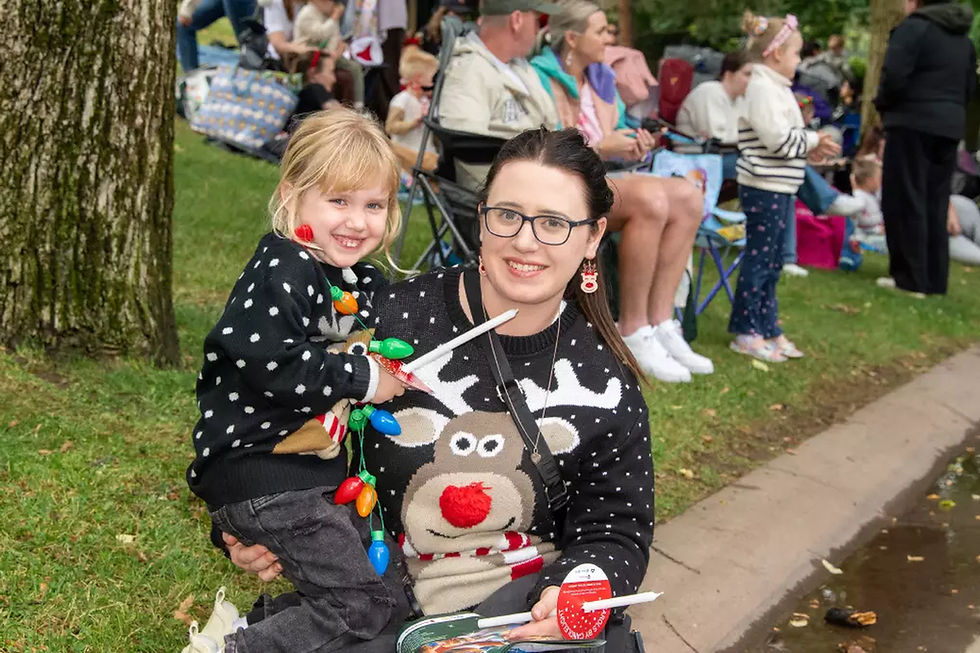Illuminating Creativity: STEM Club this week
- NOEL HOBLEY

- Aug 9, 2024
- 1 min read

This week’s Girls into STEM Club session focused on bubbles. The girls started by guessing how many water drops could be placed on a 10-cent coin. Using a pipette, they carefully counted and were amazed to fit 49 drops on the coin. They observed the meniscus, the curved surface of the water, and learned how water molecules stick together to form it. To emphasize how water molecules stick together, Alissa and a helper demonstrated how water travels along a soaked rope. They showed that the water adheres to the rope and moves with it, illustrating how water molecules cling to each other and to the rope.
In the next experiment, the girls explored water's surface tension using a shallow dish, water, and ground pepper. They sprinkled the pepper on the water's surface, where it floated due to surface tension, which acts like an invisible skin. Touching the water with a finger had no effect. However, when they dipped their finger in dish soap and touched the water again, the pepper quickly dispersed. The soap broke the surface tension, causing the water to spread and push the pepper away. This simple experiment vividly demonstrates how soap alters surface tension.
In science, a bubble is a thin film of liquid containing gas, such as soap bubbles formed by trapping air in a film of soap and water.
IPP Dr Daniela IONESCU






Comments